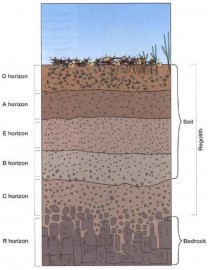
A soil's most important quality: structure

We use soil analysis to assess the structure of the soil and to see how the soil deals with fertilisers that are added. Fertilisers are an addition to the soil balance; fertilisers do not feed the crops!
Fertilisers enable the soil to release the nutrients in an optimum ratio, and it goes without saying that this is in function of the crop and the purpose of growing the crop. It is an extremely complex process. Soil life, structure, organic matter, pH and humus all play a major role.
N-xt Fertilizers can help you to manage and control these processes by looking at the soil and its structure in the right way, but above all in a practical way. When we are clear about the problem and/or the farmer's requirements, we prepare advice and actions that are all focused on restoring the soil, the structure and the balance. That creates a soil that performs in the best possible way for the required objective - to harvest yield and quality!
If you would like to know more about soil structure,
contact your Account Manager or put your questions directly to us.
Tip:
In principle, digging a profile pit will give you an enormous amount of information about the condition of the soil. It allows for tips about tillage, cultivation, tyre pressure et cetera. You see the condition straightaway - the structure, drainage and the organic matter content. Three types of soil structure are easy to recognise - crumbly (should be at least 50%, rounded (30%) and angular (max. 20%)









